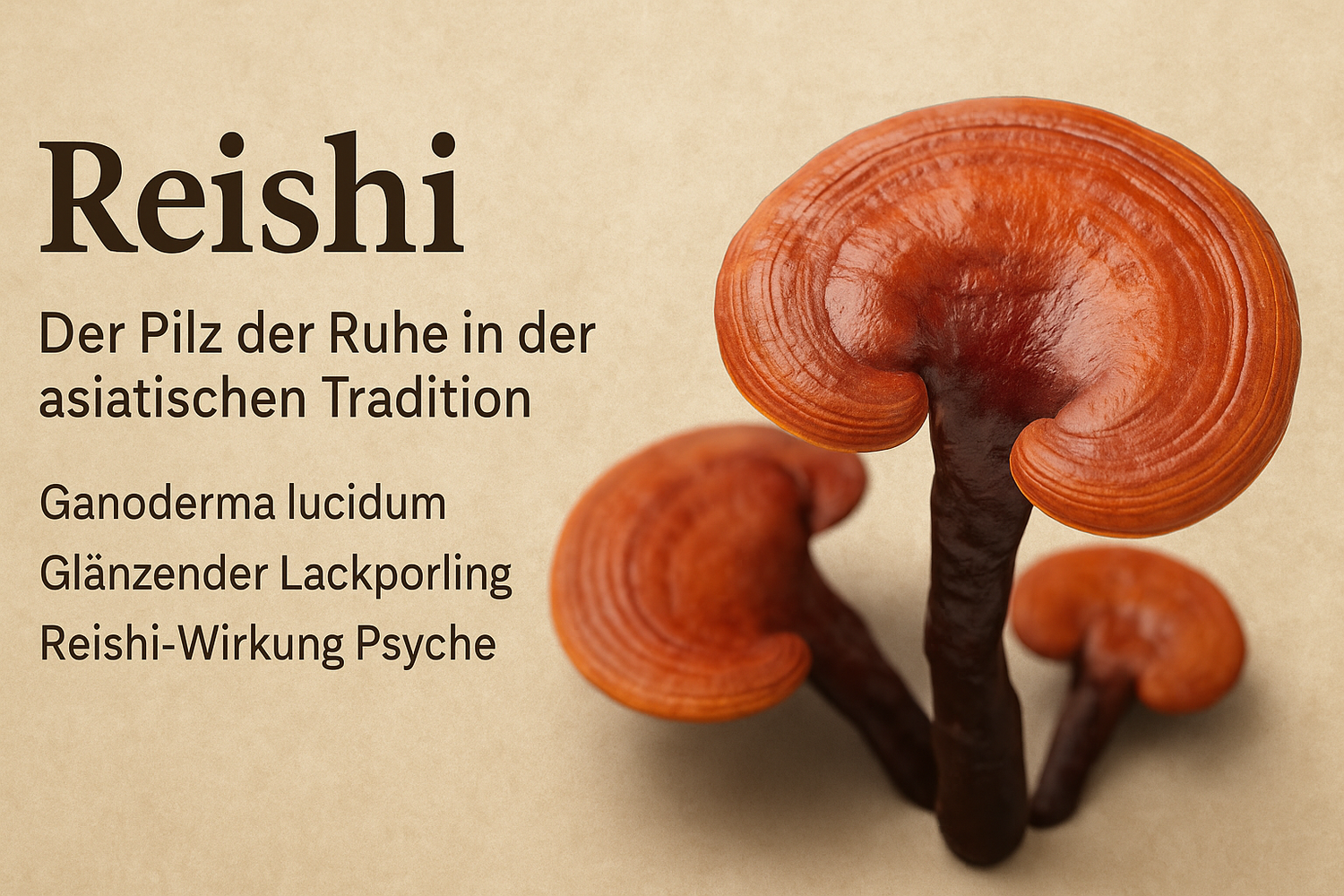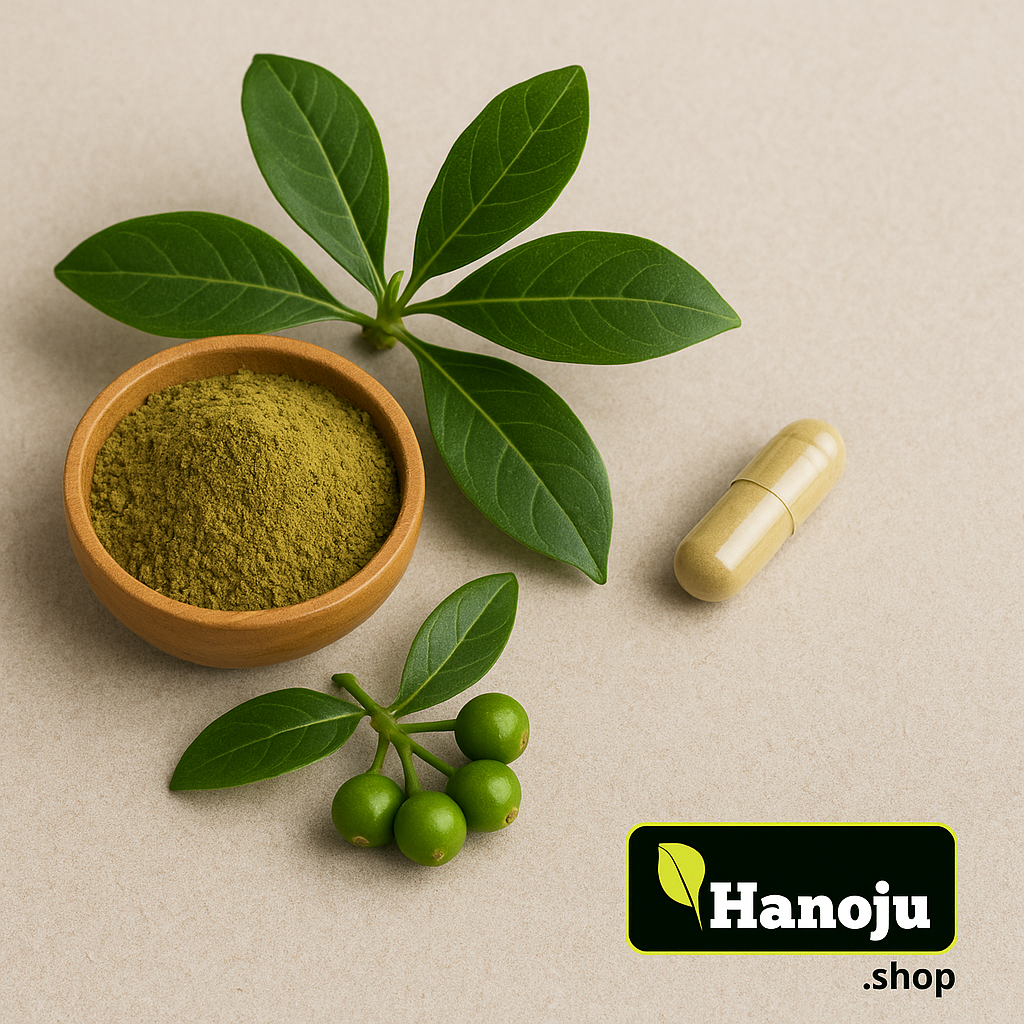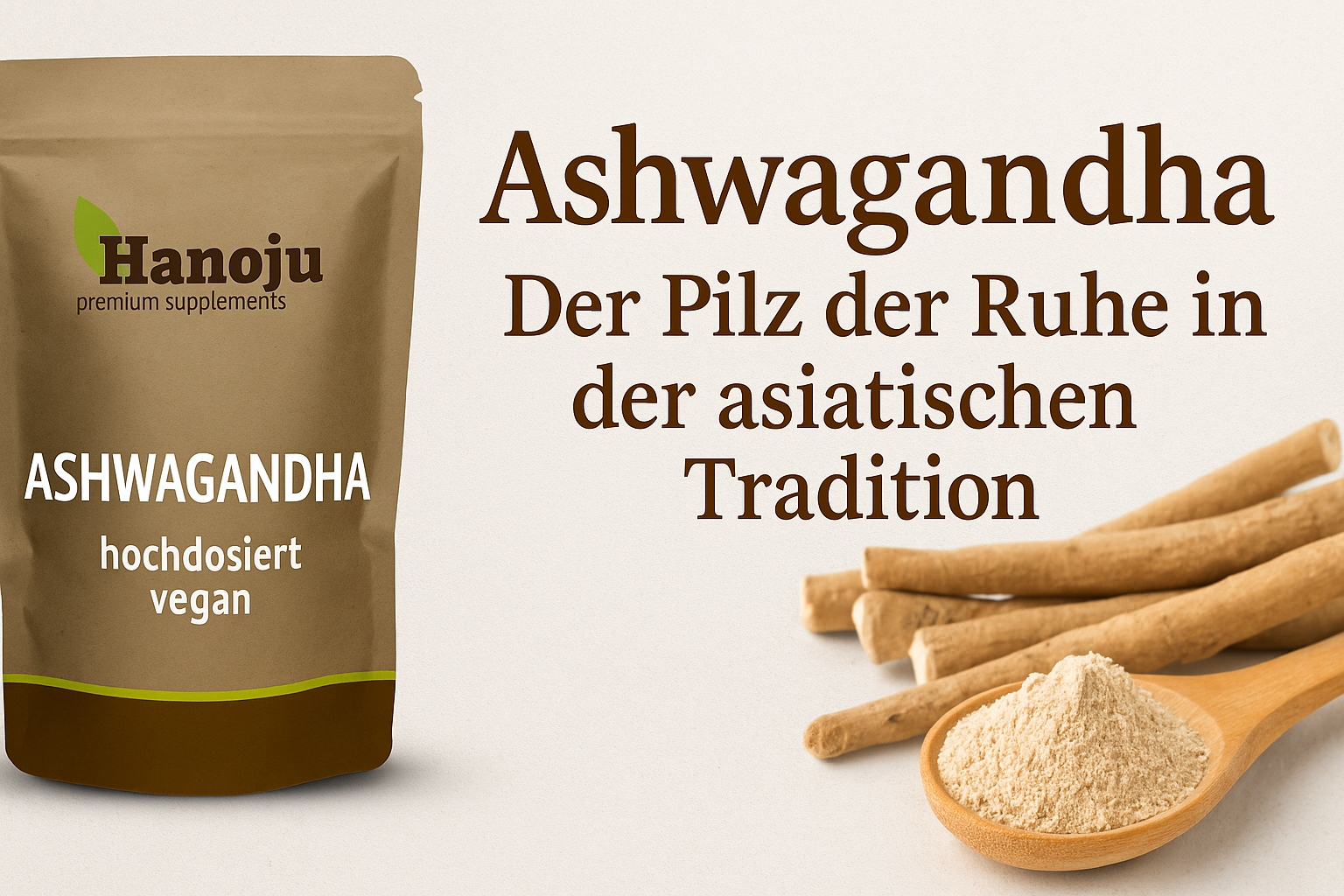In traditional Asian medicine, the reishi mushroom , also known as Ganoderma lucidum or glossy lacquer polypore , has been considered a symbol of well-being and longevity for over 2,000 years. In China, it is called "Lingzhi" and in Japan, "Reishi"—both names represent a mushroom deeply rooted in culture and history.
Origin and cultural significance
The reishi mushroom prefers to grow on dead wood in moist, forested regions of East Asia. Due to its rarity in nature, it was once reserved exclusively for the nobility and the imperial family. In traditional Chinese medicine (TCM), it is called the "mushroom of immortality" and symbolizes good fortune, spiritual power, and longevity.
Traditional use
In Traditional Chinese Medicine (TCM), the reishi mushroom is used to promote general well-being. It is often consumed in the form of teas, powders, or capsules. The use of reishi products, such as reishi tablets or reishi powder , is widespread in many cultures. Combinations with other medicinal mushrooms, such as lion's mane , are also known.
Forms and products
Reishi is available in various dosage forms:
-
Reishi tablets : Convenient for daily use.
-
Reishi powder : Versatile, e.g. in teas or smoothies.
-
Reishi tea : Traditionally prepared from dried mushroom pieces.
-
Reishi extract : Concentrated form, often in liquid or tablets.
When selecting Reishi products, it's important to pay attention to quality and origin. Organically certified products and transparent manufacturing processes are recommended.
Conclusion
The Reishi mushroom has a long tradition in Asian culture and medicine. Its diverse uses make it an interesting component in the world of medicinal mushrooms. If you are interested in high-quality Reishi products, hanoju.shop a selection of carefully selected options.
Note : The information provided in this article is for educational and informational purposes only and does not constitute medical advice. Please consult a physician or qualified healthcare provider before taking any new dietary supplements.
This might also interest you
Ashwagandha – A root with history: origins, uses & interesting facts Learn more about the popular Ayurvedic root, its origins and what you should look out for when buying it – without any health claims, but with a wealth of knowledge.
NMN – The path to more energy and vitality in old age
Learn what NMN is all about and why it is so popular as a modern dietary supplement








Leave a comment
This site is protected by hCaptcha and the hCaptcha Privacy Policy and Terms of Service apply.